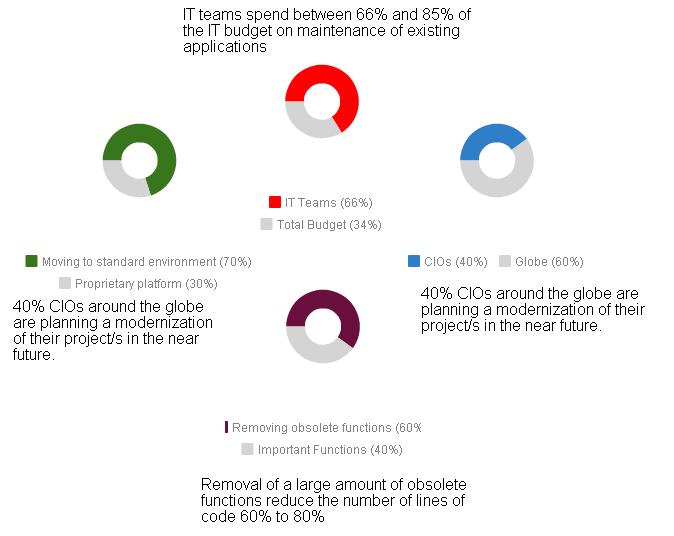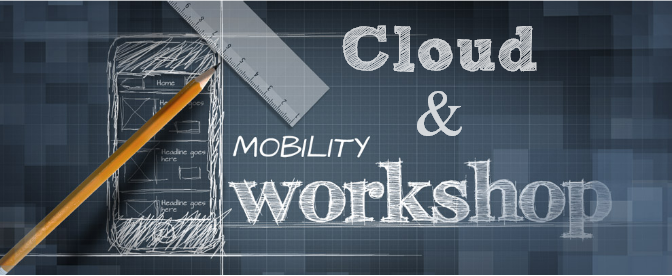Mobility, Cloud…: Is your business ready with applications?
Cloud & Mobility
Summary:
Often old and in-house developed business applications consume much of the IT budget and need to be recast to take advantage of innovations that are transforming the business, but how?
Presentation:
Therefore, today we’re going talk about IT transformation; the word almost always comes up in conversations. For example, how to take advantage of both technological innovations such as cloud and mobility without shunning applications used for many years and become indispensable for trades. Administration, storage and virtualization, the transition to Windows Server 2012 R2 generates many benefits for businesses, just for an example. Plus the new Microsoft environment also facilitates the transition to a modern IT with the use of mobile devices and application deployment in the Cloud. It is also necessary that the applications are ready to embark.
Generally, IT teams spend between 66% and 85% of the IT budget on maintenance of existing applications (according to the Computerworld.com), leaving a little room for new more rewarding projects for the company. And CIOs are well aware of the situation and today place application modernization among their priorities. According to Forrester Research’s figure, at least 40% CIOs around the globe are planning a modernization of their project/s in the near future. There are several objectives: costs reduction, agility enhancement and support to the business.

Analyze the code and usages
The first step to do is to draw up a precise inventory of legacy applications and identify all the interdependencies between systems. Touching one application can affect a large number of programs. And it’s not only analyzing the code lines. Over the years, users deviate little by little of the original process to develop new practices, they allow them to better perform their duties. They customize their applications, integrate them with another, and add extensions… It is therefore important to get an overview of their interconnections and customs before starting any overhaul to work seamlessly for trades and avoid service interruption.
A modern application on a modern platform
The application is of course closely linked to the platform on which it is executed. Migration tools and services make it possible to use less expensive infrastructure in order to run applications previously hosted on a mainframe. According to Dell “abandon a proprietary platform to move to a standard environment can save 30% to 70% of annual IT costs, i.e. reducing the cost of hardware maintenance and software licenses.” However, on the other hand Windows Server 2012 administrators are many more elsewhere and therefore easier to recruit specialists of the mainframe.
An agile architecture to business service
Re-architecting an application can afford to remove a large amount of obsolete functions reduce the number of lines of code 60% to 80% (Dell), a considerable gain in terms of agility. The addition of new services becomes faster and the ISD (Infrastructure Service Division) turns into value provider for the company’s business divisions.
- Why is Microsoft Turning Its Focus on Linux? - March 29, 2016
- Migrating Enterprise Data to the Cloud – A Checklist - November 30, 2015
- Why is your private cloud beginning to fail? - October 20, 2015
